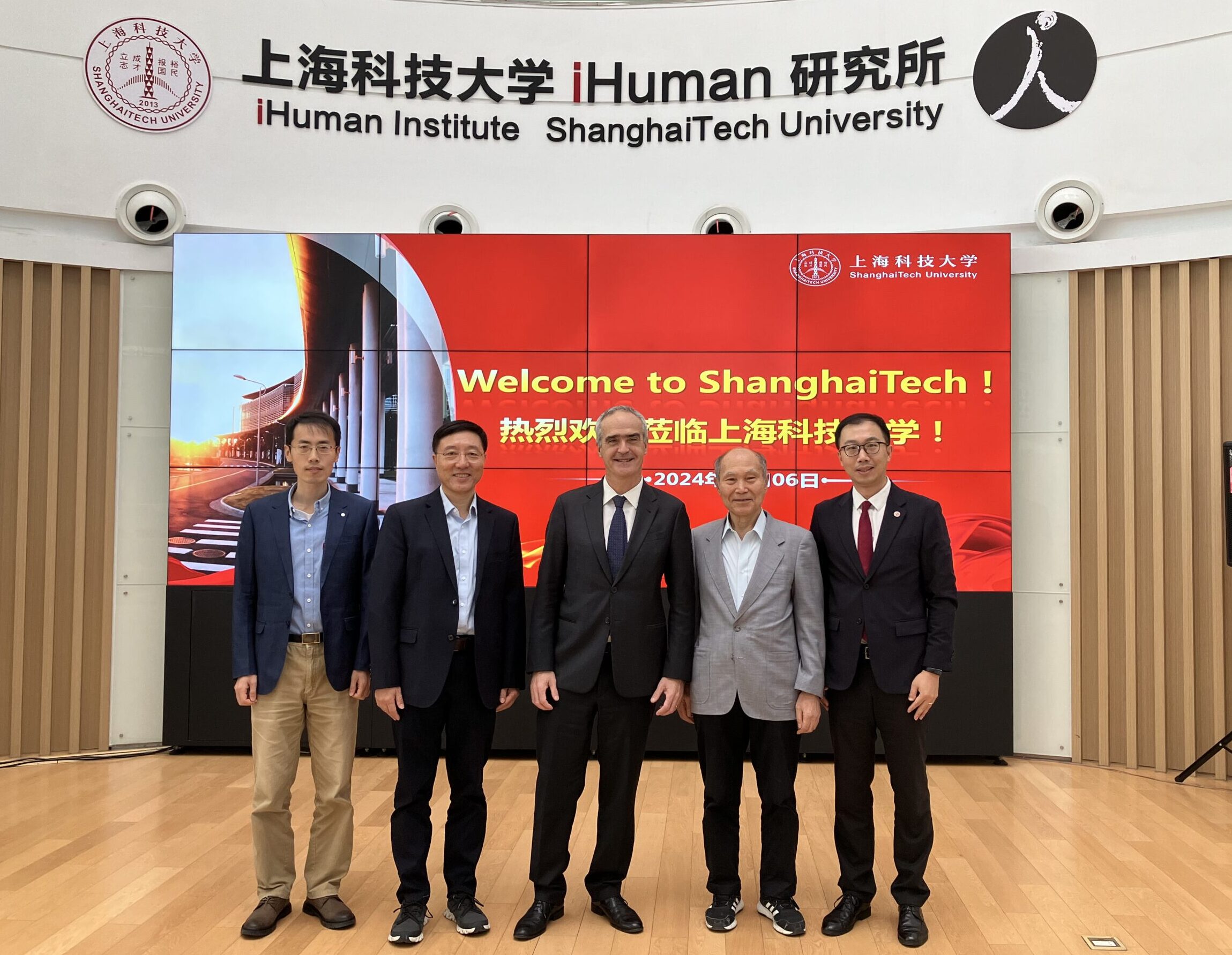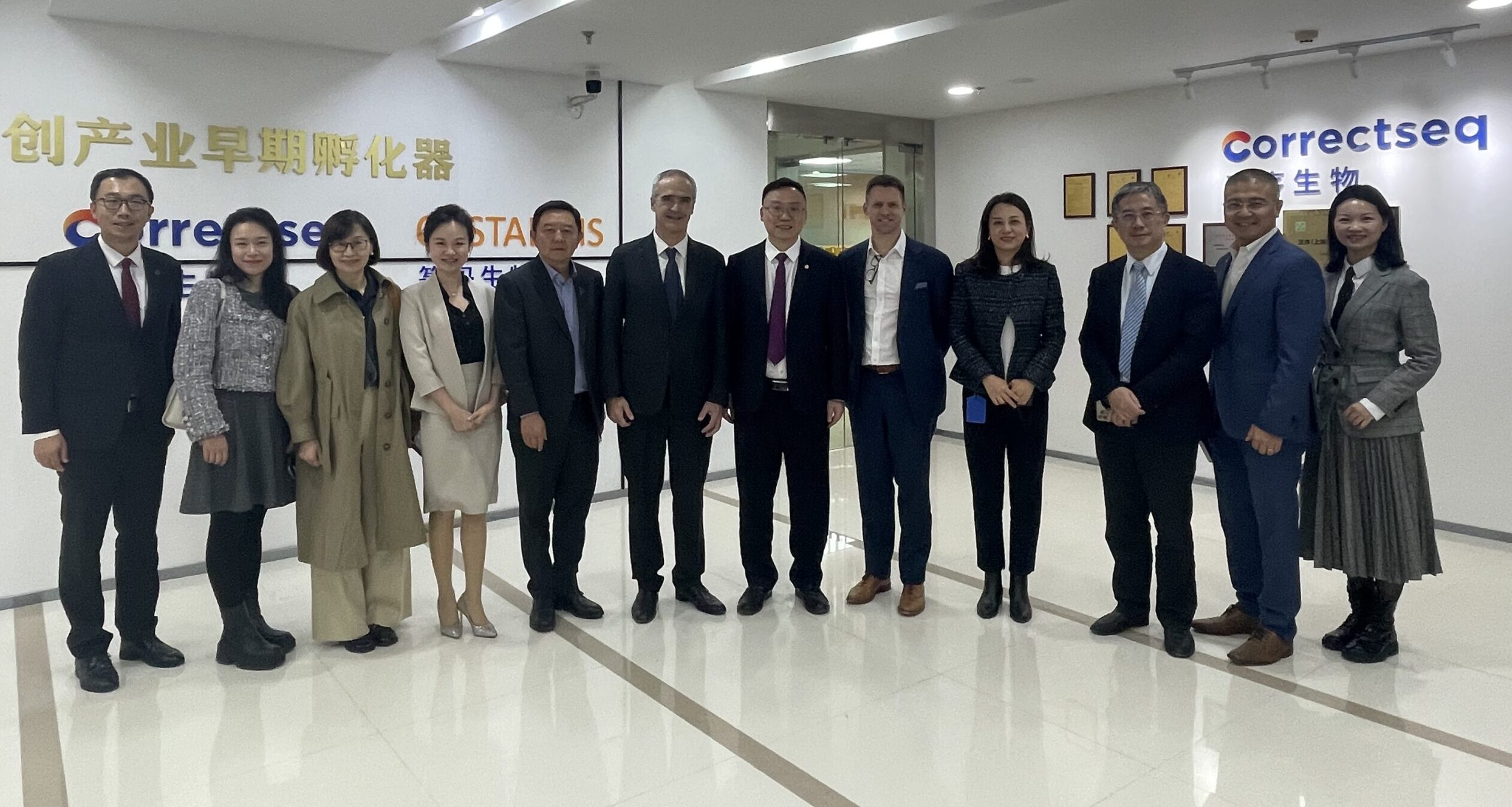Touring the facilities of CorrectSequence Therapeutics (Correctseq) allows Prof Rizzuto to view five of the Chinese biotech company base editing systems, including enhanced Base Editor (eBE), dCpf1 Base Editor (dCpf1-BE), human APOBEC3A Base Editor (hA3A-BE), BEACON, and its transformer base editor (tBE). Capable of inducing efficient editing with no observable genome-wide or transcriptome-wide off-target mutations in human cells or animal models that only become active at on-target sites, which may greatly expand the scope of tBE’s clinical application.
While RongCan Biotech focuses on the development and industrialization of nucleic acid-based therapeutics, the visit by Prof Rizzuto gives the National Center insight into a company striving to become a one-stop shop covering the design and synthesis of mRNA sequencing, LNP-based delivery systems, to final mRNA-based pharmaceutical products. Open to collaborations with hospitals, prevention and control units of infectious diseases, scientific research institutions, and organizations eager to offer scientific, clinical, and business continuity for clinical trial sponsorship, the visit could lead to joint research collaborations and international partnerships.
Between visits to academic facilities, research hospitals, and innovative startups, Prof Rizzuto returns to Italy with a fresh perspective on optimizing, exploring, designing, and developing gene therapy and drugs based on RNA technology.
Foundation staff writer Ellen Jane Corcoran








